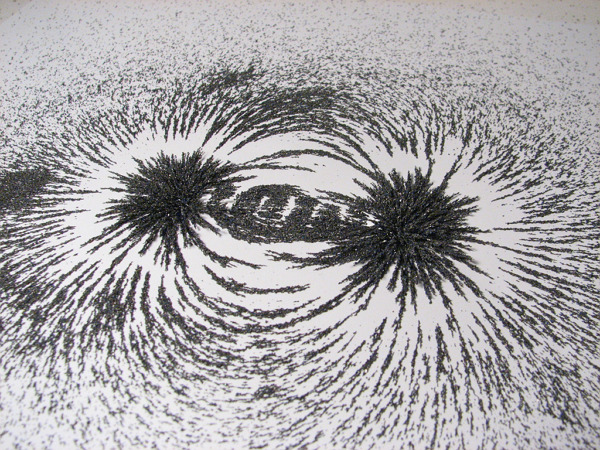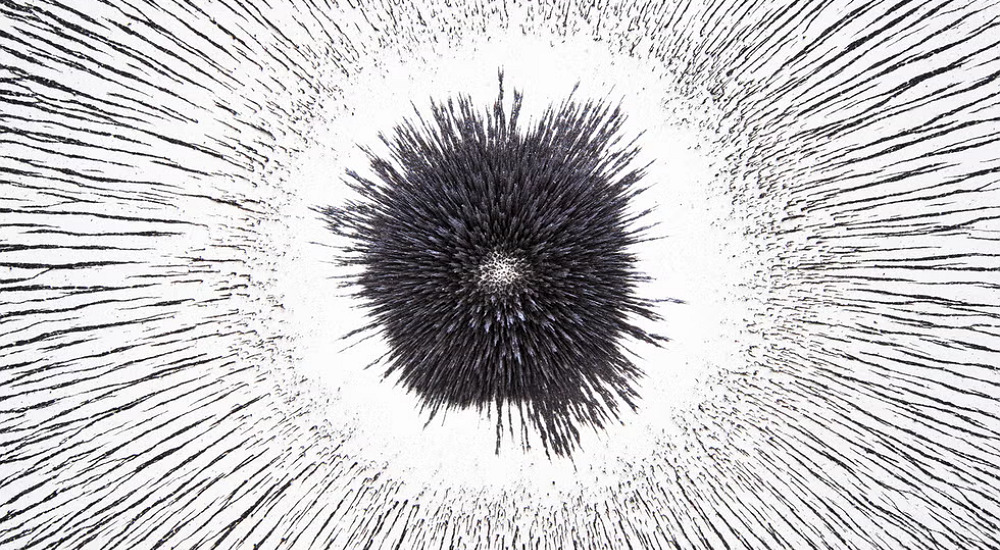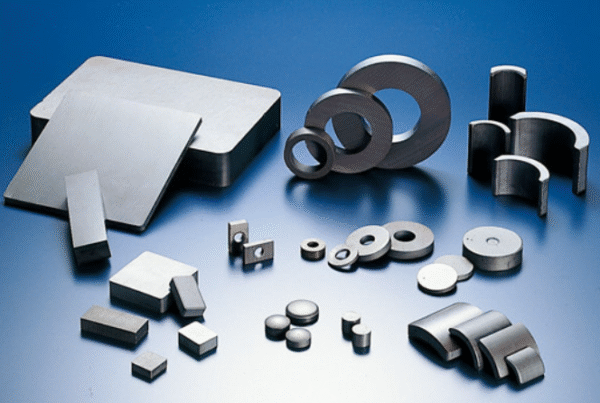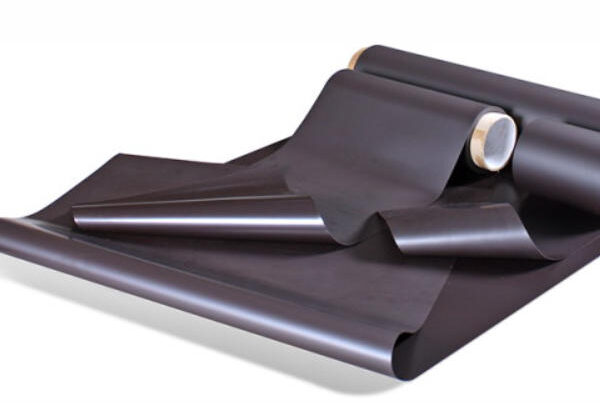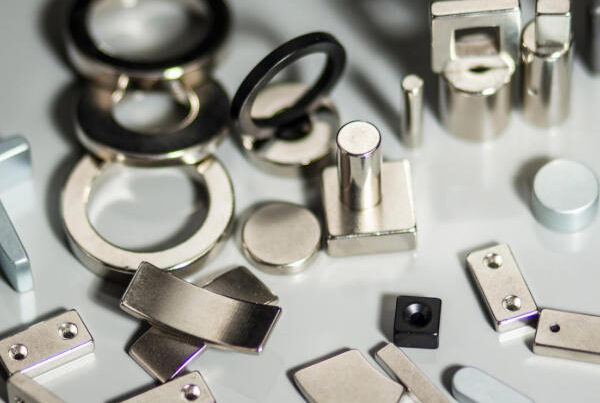具有高磁能产品和出色的性能, SM-FE-N磁铁已越来越广泛地用于电动机, 传感器, 磁分离和其他场. 然而, 当许多用户长时间选择或使用SMFEN磁铁, 他们经常问这样的问题: 该材料可以达到什么水平的稳定性? 以及如何在高温下提高其可靠性, 湿度或其他恶劣的环境?
回答这个问题, 我们首先需要找出所谓的 “稳定” 主要包括. 是否随着时间的流逝,磁性降低较慢, 或磁铁在高温条件下消耗率较低? 还是要防止材料本身分解和粉碎?
为什么SMFEN磁铁很容易消除?
许多人可能很好奇, 由于SMFEN磁铁的性能非常好, 为什么稳定是需要专注于的问题? 实际上, SMFEN的氮化物的稳定性低于SMCO磁铁的稳定性. 氮元素在高温下很容易逃脱, 导致晶格结构被破坏. 此外, 该材料也对水分敏感. 如果表面没有有效保护, 氧化反应将逐渐腐蚀内部, 导致磁性的恶化. 所以, 与材料组织的双重改进和外部保护的双重改进是不可分离的.
提高材料本身的稳定性
第一的, 优化合金组成是有效的手段. 例如, 添加适当数量的钛, 在制备过程中铝和其他元素可以帮助提高氮在晶格中的固定溶液稳定性,并在高温下减少氮损失.
第二, 控制粉末粒径和分布也很重要. 粒径太小会导致特定表面积的增加并提高氧化敏感性, 虽然太大的粒径不利于均匀的烧结. 通过严格的筛查和表面处理, 可以在以后的使用过程中显着改善材料的耐腐蚀性和脱氧化耐药性.
此外, 使用大气保护烧结 (例如氮或氢保护) 可以减少烧结过程中杂质的侵入并稳定氮化物结构.
外层保护: 必须或可选?
通常, 许多制造商在离开工厂之前会涂上或电镀磁铁产品. 长时间需要将磁铁暴露于潮湿或高温环境时, 涂层的重要性是不言而喻的.
常见的表面处理包括环氧涂层, 镍或锌电镀, 化学电镀, ETC。, 它不仅可以阻止氧气和水分, 但也可以提高表面耐磨性.
对于需要极高可靠性的应用, 双层涂层 (例如首先进行电镀,然后喷洒) 可以进一步改善保护效果.
所以, 购买SMFEN磁铁时, 是否进行足够的表面处理是不容忽视的考虑因素.
此外, 除了材料和保护, 使用条件本身可以改善?
如果磁铁的工作温度接近其最大工作温度 (通常约150°C), 即使有最好的保护, 很难避免性能退化. 合理地降低工作温度并避免长期潮湿或高盐喷雾环境是提高稳定性的简单有效方法.
在以后的申请和维护中, 定期检查同样重要. 一旦磁铁的涂层损坏或腐蚀, 应尽快修复或更换,以防止进一步的氧化渗透. 一些制造商还提供包装解决方案,将磁铁放在封闭的腔中以进一步延长使用寿命.
总之, SMFEN磁铁的稳定性无法通过单个技术或测量, 但是需要原材料的多个维度, 过程, 用法管理的表面保护.
如果您正在考虑购买或使用此类磁铁, 你最好问自己: 您的使用条件和性能要求需要多高的稳定性? 在生产和应用程序链接中应进行哪些针对性的改进? 只有在完全了解自己的需求的基础上,您才能找到更合适的解决方案.


